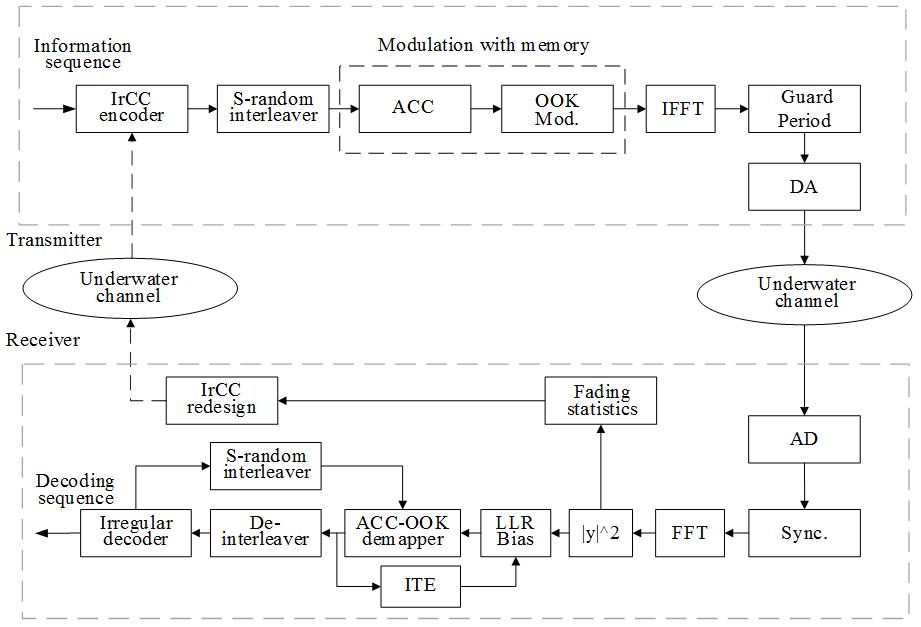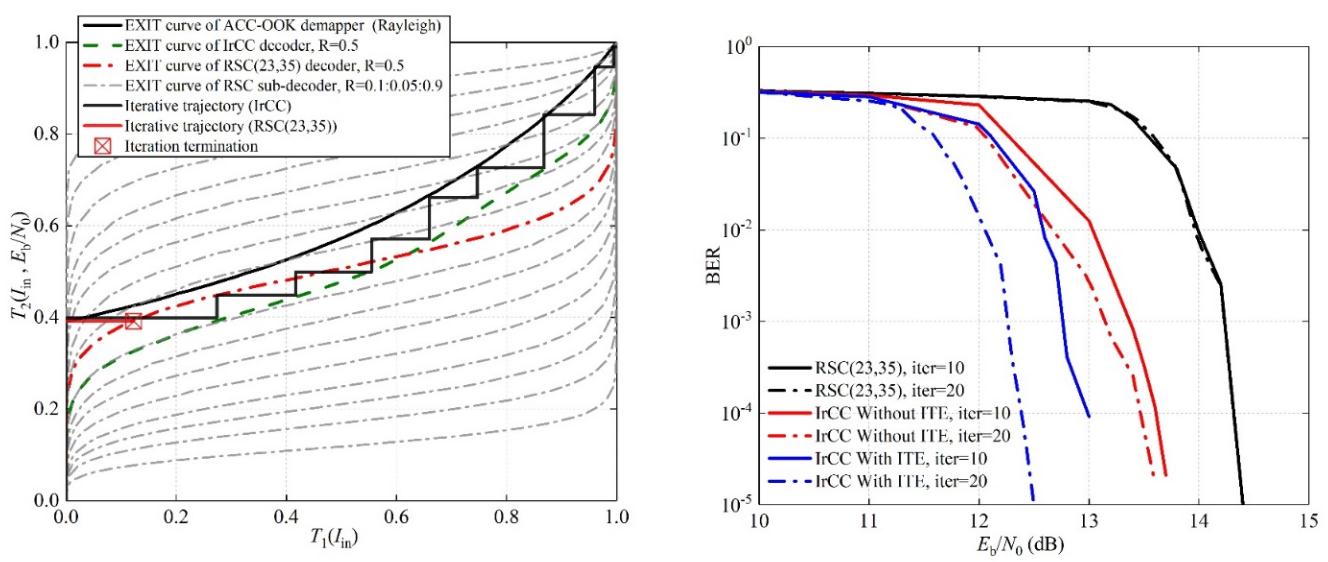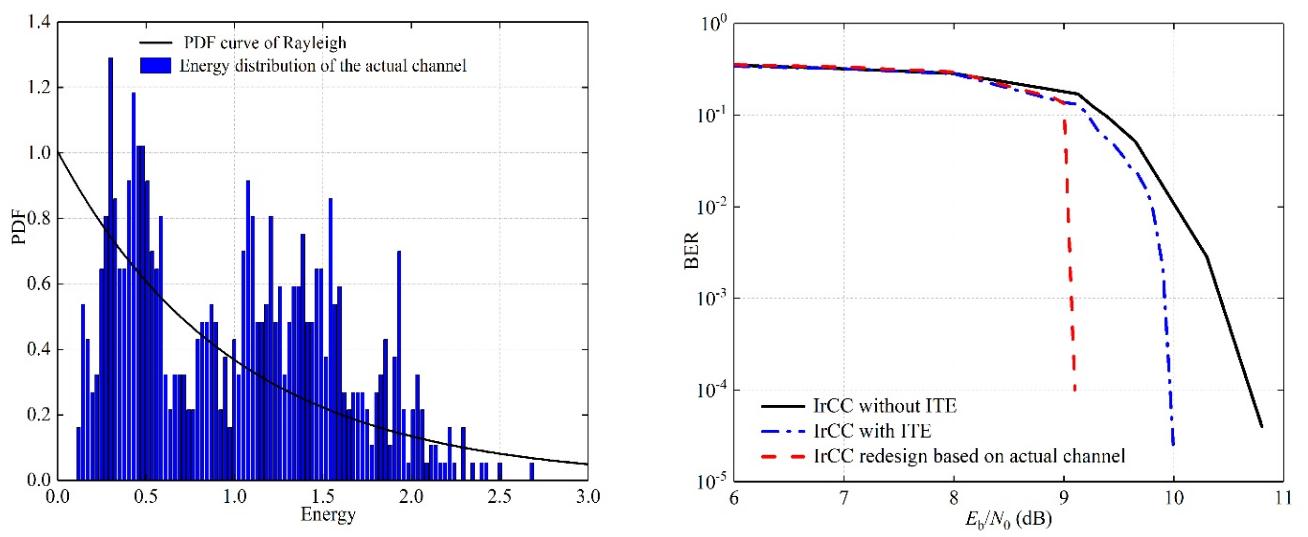The seafloor wireless observation network (SON) plays an important role in real-time ocean observation. The nodes connect with each other via the acoustic link which is flexible, low-cost, less affected by complex sea conditions and easy to expand to farther offshore areas. Therefore, the communication scheme applied to the SON has become a research hotspot in recent years.
To meet the requirement of long-term stable communication, the traditional noncoherent communication scheme adopts the combination of the convolutional code and multi-frequency shift keying (MFSK). However, the signal-to-noise ratio (SNR) threshold of reliable decoding using convolutional code under the fading channel is high and the spectral efficiency of MFSK is very low. So it is difficult for the traditional scheme to adapt to the increasing communication demand.
To enable the high-spectral-efficiency noncoherent communication, researchers from the Institute of Acoustics, Chinese Academy of Sciences (IACAS) proposed a high-spectral-effciency noncoherent underwater acoustic communication multi-carrier transmission scheme adopting the on-off keying (OOK) modulation and designed a channel-adapted transceiver to approach channel capacity by introducing accumulator (ACC) and irregular recursive convolutional code (IrCC).
The researchers adopted the OOK multi-carrier modulation to achieve high spectral efficiency and introduced ACC to increase the correlation between the code word to reduce the error floor of the system. It is difficult to determine the appropriate decision threshold for OOK demapping in underwater acoustic communication. In order to solve this problem, they proposed a low complexity iterative threshold estimation (ITE) algorithm at the receiving end. They also designed and updated IrCC according to channel statistics during the communication interval to match the codewords with the channel to reduce the SNR threshold required for reliable decoding. Finally, based on the practical application scenario, they modeled underwater acoustic propagation and found the calculation relation among the heights of the wireless communication nodes, the communication distance, and the seafloor slope.
Simulation and experimental results showed that the proposed ACC-OOK noncoherent communication scheme had much higher spectral efficiency than the traditional MFSK scheme. Moreover, compared with traditional recursive system convolutional code (RSC), the designed IrCC significantly reduced the SNR threshold required for reliable decoding under Rayleigh fading channel and the actual channel.

Figure 1. Block diagram of the proposed noncoherent system. (Image by IACAS)

Figure 2. Iterative trajectory (left) and bit error rate performance curves (right) comparisons of the IrCC and RSC under Rayleigh fading channel. (Image by IACAS)

Figure 3. Normalized energy distribution (left) and bit error rate performance curves (right) comparisons under the actual channel. (Image by IACAS)
Funding for this research came from the Strategic Priority Research Program of the Chinese Academy of Sciences (XDA22030101), and the National Key Research and Development Program of China (No. 2016YFC0300300).
The study was published in Applied Sciences on 13 march, 2020.
Reference:
YAO Yan, WU Yanbo, ZHU Min, LI Dong, TAO Jun. Efficient On-off Keying Underwater Acoustic Communication for Seafloor Observation Network. Applied Science. 2020, 10(6):1-16. DOI: 10.3390/app10061914
Contact:
ZHOU Wenjia
Institute of Acoustics, Chinese Academy of Sciences, 100190 Beijing, China
E-mail: media@mail.ioa.ac.cn


